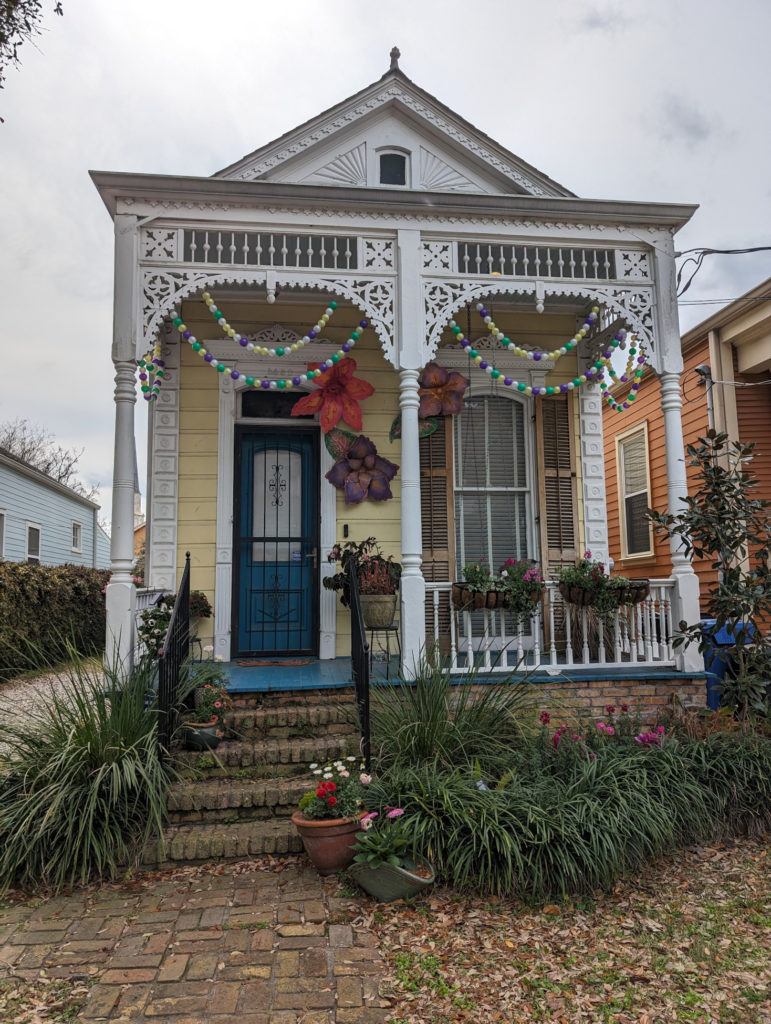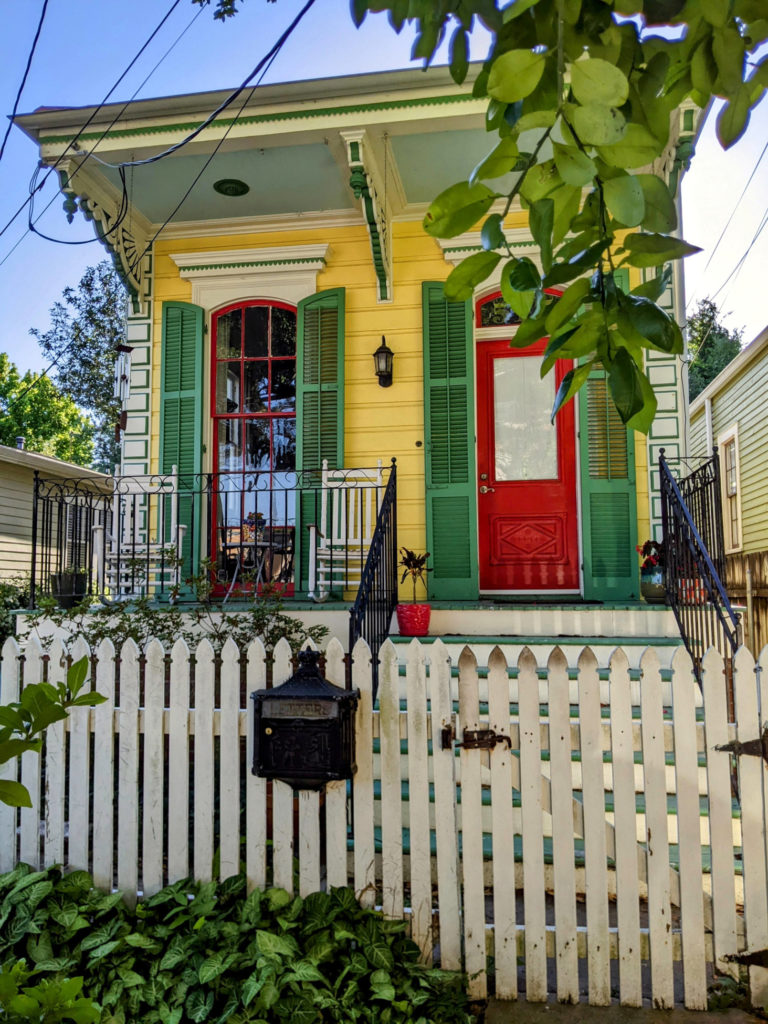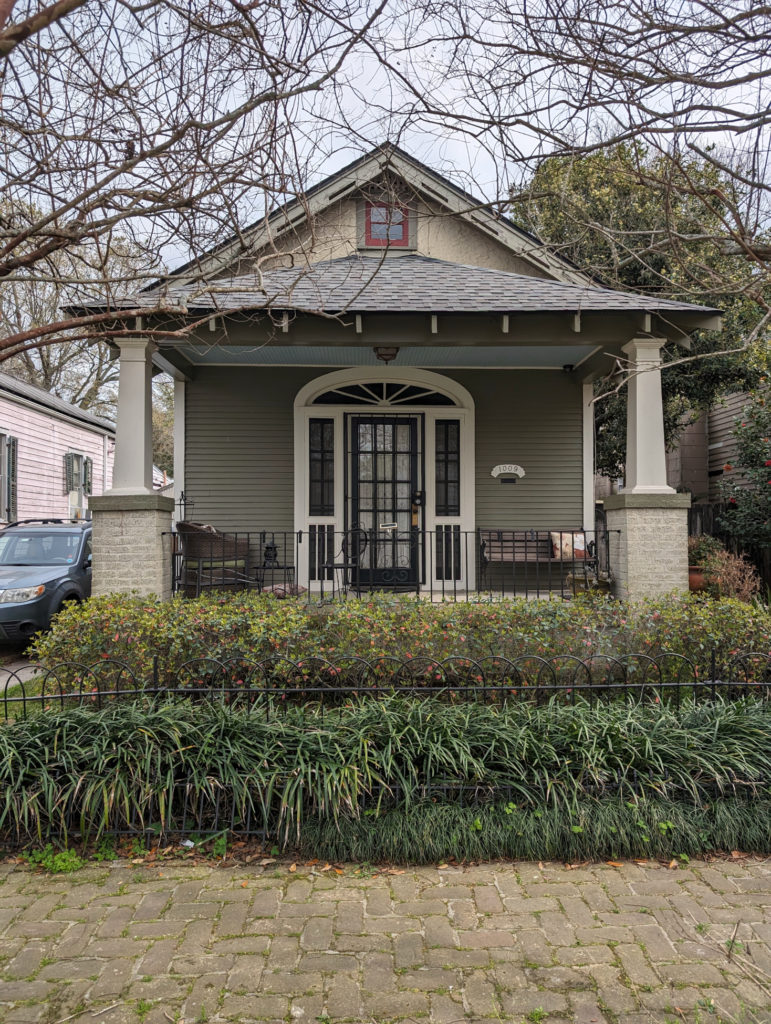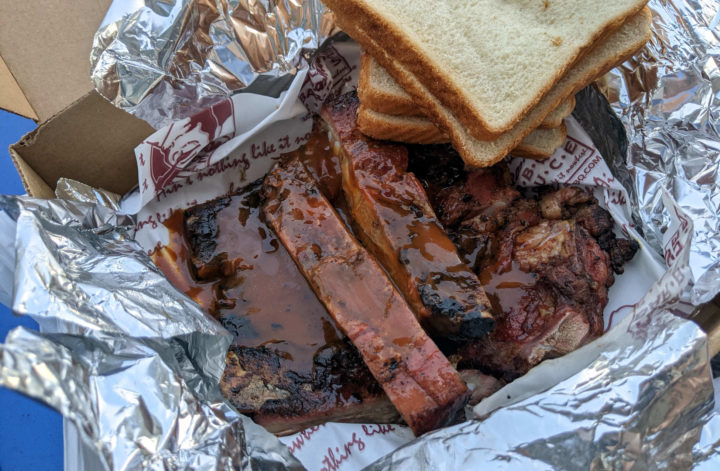You only have to search “dream house” in Google images to be bombarded by colorful photos of sprawling mansions surrounded by Olympic-sized swimming pools, lush, green lawns and seemingly endless gardens. Regardless of architectural styles, these homes almost always include numerous bedrooms and bathrooms; great rooms and kitchens large enough to host entire extended families; dramatic dining rooms with tables long enough to seat 20; fully-equipped gyms, indoor lap pools, steam rooms and saunas; and even movie theaters with red velvet curtains and popcorn machines.
While these images might encompass the ultimate dream home for a lot of people, others have embraced a minimalist approach. The modern “tiny home” movement exploded nearly two decades ago, as creating a smaller living footprint made sustainable and financial sense. Obviously, living in a 250-400 square foot space will require a lot less power. A tiny house uses 3-4kW per day as opposed to 26-33kW consumed in an average 1900 square-foot home. The tiny home movement also advocates using energy-efficient appliances and installing solar panels to even further reduce fossil fuel-reliance.

Over and above the eco-positive sales pitch, smaller homes are cheaper to buy and maintain. Reduction (or near elimination) of massive mortgages, crippling insurance rates and predatory rents allow owners to pull back from the puritanical “grind” and focus on living – ie., spending more time at family crawfish boils and learning new skills, like sewing your own Mardi Gras costume or learning Cajun French “Lache pas la patate!”
Like anyone else enamored of bygone architectural types, I love to ooh and ahh while dreamily gazing at palatial manors and stately chateaus, but would I want to live there? The upkeep alone must be dizzying, hiring a lot of outside help would be an absolute must, and I’d rather be the one tending to my own living environment. On the other hand, being the full-sized woman that I am, a bijou, 250-square foot house wouldn’t work either. My icing on the cake of all dream houses is one of New Orleans’s hallmark building types, a single shotgun house.

Historians may dither, but it’s generally accepted that the single shotgun can be traced to building styles in Haiti and Africa, with documented examples dating before the 18th century. African slaves and free people of color who came to New Orleans modeled their abodes after what they left behind in their homeland. Initially, the style was so popular it crossed class and racial boundaries, and it wasn’t until the mid-20th century that the shotgun “shack” became synonymous with poverty.
At its most basic, a shotgun’s 250 to 400 square foot layout consists of two or three, 12 foot-wide rooms, one lining up right behind the other (called a “cascading floor plan”), with a small kitchen in the back. Even with the addition of indoor bathrooms and updated kitchen layouts, today’s renovated singles don’t often exceed 1,100-1,200 square feet. The shotgun single was, and still is, New Orleans’s own original “tiny house.”

There are so many beautiful variations on the single shotgun “theme” – Victorian Italianate or Eastlake detailing from the curling brackets to lacy, decorative rakes; Arts & Crafts shotguns with ornate, chunky stacks and traditional brickwork; and Greek Revival versions with fluted columns and ornamental pediments – are just a few examples. Some of the most inspiring shotguns are wild combinations, defying classification in the most glorious, New Orleans’s way.
Single shotgun’s inherent coziness is what I love best, with one room spilling into the next, separated only by transom-topped archways and (if you’re lucky) working pocket doors. Soaring, 12-ft ceilings make the spaces seem grander and offer endless wall space for paintings, posters, wall sculptures, mirrors and tapestries galore, not to mention the perfect canvas for the dusky greens, reds, blues and purples often seen in historic New Orleans homes, colors I adore.

Though the coal-burning fireplaces are (rightly) covered, no longer a heat source during our short, but surprisingly-cold winters, the brick chimneys and carved mantles remain offering a remembered warmth, acting as shelves for framed photographs and beehive candles, large vases filled with flowers on the hearth. In the spring, I can enjoy the sunshine (or balmy evenings) on a covered porch, all the outdoor space I would need for seasonal decorations, (doomed) plants, and a couple of comfy chairs.
Admittedly, that same intimacy which draws me to the shotgun single also has its drawbacks. Overnight guests hitting the couch during Mardi Gras will have to stumble through my bedroom to reach the bathroom or kitchen, but we’re all family, right? It’s all good. We’ll just dress accordingly.
Hurricanes, hedge funds, and general greed has raised home costs in the area over 35% since the levee failures of 2005. If you browse the listing today, many single shotguns that were priced at under $100,000 twenty years ago are now typically worth two or even three times as much. The opportunity to purchase a single-slice of local heaven passed me by long ago — a dutiful, eternal renter am I – but the dream of having a pretty little, New Orleans shotgun of my own will never fade.



